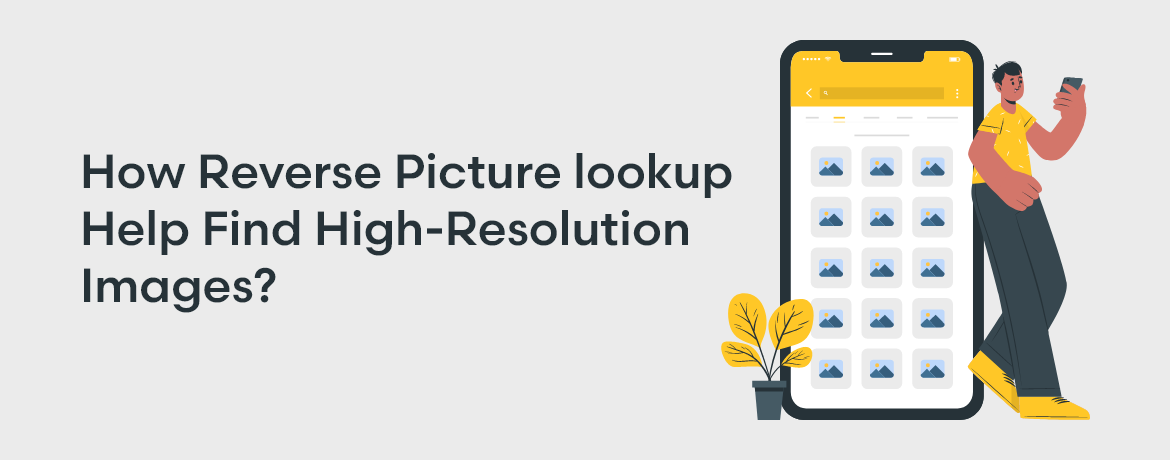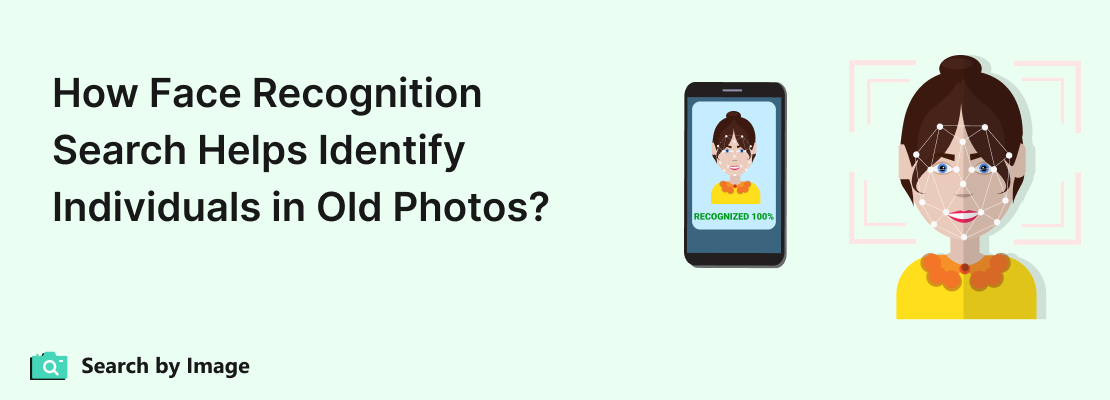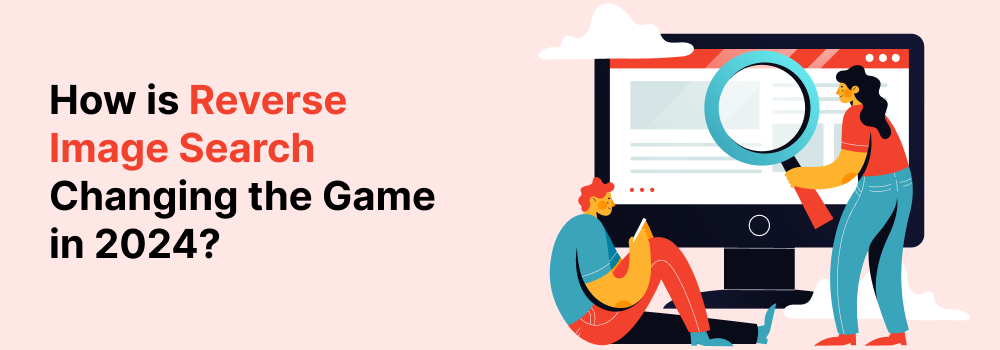

How Reverse Picture lookup Help Find High-Resolution Images?
The advancement in the virtual sphere has forced content creators to come up with high-quality material. There isn’t any doubt that the market’s competitive nature has made it obligatory for marketers to focus on the quality of the content. Along with that, the audience’s approach towards the content they consume has also reached a whole new level of mellowness. Therefore, content creators and digital marketers need to divert their primary focus on the quality of the service they deliver and the products they produce. Whether you’re working on social media campaigns, running a website, or want to integrate images into your design projects, you would have no room to compromise the quality of visuals. Previously, it was a laborious chore to find high-resolution images, but the technological advancement in reverse image search algorithms has shaped new magnitudes. You can perform a search by image to fetch high-quality images for meeting your needs and requirements.
The Advanced Algorithms of Image Finder
There isn’t any doubt that visual search has become a dominating factor in the entire search arena. It hasn’t yet overlapped the traditional keyword-based search but has acquired a significant proportion of the entire search that takes place over the internet. It is due to the fact that the algorithms of search by image have been advanced. Herefore, there were copious amounts of obstacles and hampers in the content-based image retrieval system. It is because the foundation of the (CBIR) system was reliant on image annotation. It was undoubtedly a vague method because it confines the search output to a certain extent. However, a new and advanced method has been introduced, which runs similarity checks on the images present in the database and internet. It matches different objects, shapes, color schemes, and other elements for fetching the most relevant results for the users.
How Reverse Picture Lookup Finds Similar Photos?
The reverse picture lookup is a highly advanced technological standard that depends on machine learning to some extent. Machine learning possesses the potential of solving real-world problems, and that’s how it finds similar high-resolution images for the users. The image recognition technology allows it to outperform in this particular field and fetches relevant images for the users. The technology has grown exponentially, and engineers and data scientists are working ruthlessly to further enhance it. The technology is used to search by image tool to better display the results for the users.
Why Do You Need to Find Similar Images?
The users need to find similar images for multiple reasons. They need to publish those photos on their social media handles or websites or add them to their academic or work-related projects. Social media profiles are incomplete without proper and relevant images; the profiles and pages need to be attractive to grab users’ attention. The same goes for websites; visuals are as important as textual-based content to grab the attention of the audience and rank high on the search engine result page. It is because Google and other search engines prefer to rank web pages that truly have some extra value for the users, and they are well-versed that users are more interactive with images rather than text. Therefore, you can utilize a reverse image search for fetching high-resolution images to satisfy your needs.
Epilogue
In the last analysis, the reverse image search could be your ultimate destination in finding high-resolution images. The facility is great and truly helps the user in locating high-quality visual content. Along with that, they can also use the tool for grabbing creative ideas for design-related work, track down sources, which are replicating your work, and detect the authenticity of news on the go. Therefore, the search by image is an all-in-one package for the users, entrepreneurs, and digital marketers.
Related Posts

How Face Recognition Helps Identify People in Old Photos?
Facial recognition has made it possible to find people in pictures or videos. This technology... »



Leave a Reply